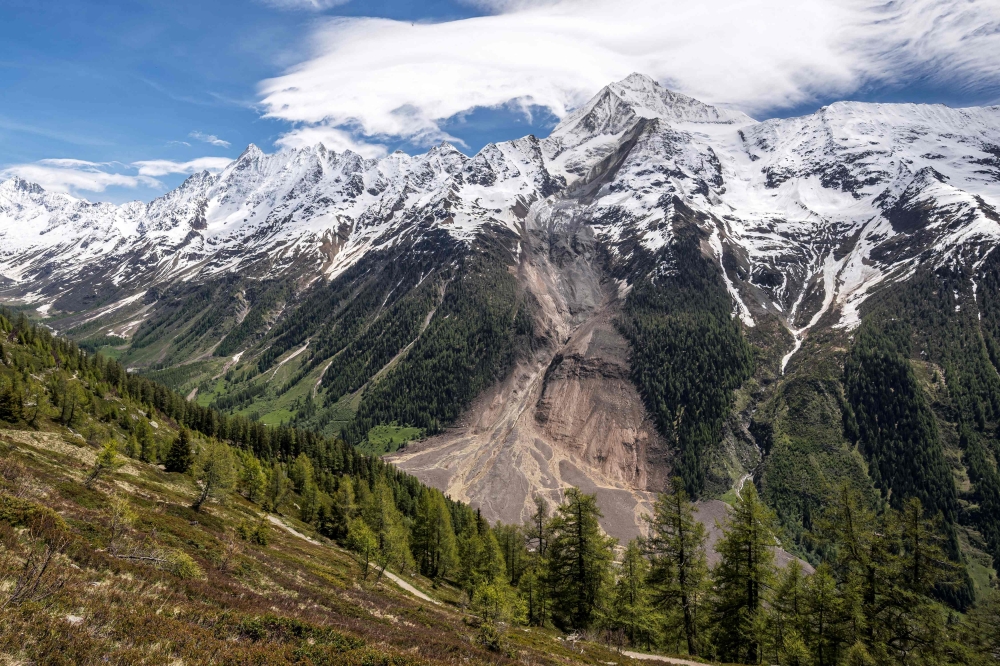Swiss authorities are on high alert following the collapse of the Birch Glacier in the southern Wallis region, which destroyed the small alpine village of Blatten and left a 64-year-old man missing. The glacier’s collapse on Wednesday, May 28, sent millions of cubic metres of rock, ice, and debris cascading into the valley below, flattening the hamlet that had already been evacuated due to prior warnings of imminent danger.
The massive slide, which now spans two kilometres, has blocked the river Lonza, raising fears of flooding in the valley. Local officials declared a state of emergency on Thursday, warning of the potential for an ice jam to cause severe downstream flooding. Military security officer Antoine Jacquod confirmed that teams are monitoring the area but that the terrain is currently too unstable for direct intervention. Authorities plan to carry out further assessments from the nearby village of Ferden.
As a precaution, 16 residents from two downstream villages were evacuated late Wednesday. A preemptively emptied artificial dam is being used to absorb the displaced water, but officials remain concerned that if the dam is overwhelmed, a wider evacuation might be necessary.
Natural hazard expert Raphael Mayoraz likened the debris to a growing mountain, explaining that the accumulation of ice and rock is creating a temporary lake. The Valais cantonal government has requested military assistance to provide clearing equipment and pumps to stabilize the riverbed. However, the instability of the debris means any physical intervention at the collapse site remains impossible.
Footage of the incident circulating online shows a powerful surge of ice and rubble engulfing the valley, registering as a seismic event on monitoring stations. Mayoraz stated that an estimated three million cubic metres of rock fell onto the glacier, triggering the catastrophic slide.
The collapse underscores the increasing vulnerability of the Alps’ glaciers amid rising global temperatures. Swiss glaciers have lost approximately 10 percent of their total volume in just the past two years, melting at a rate previously seen over three decades.
This latest disaster echoes the 2017 rockslide from Pizzo Cengalo, which resulted in the deaths of eight hikers and caused widespread destruction in the town of Bondo. As climate change continues to destabilize the alpine environment, experts warn that such events may become more frequent.
